Home>diy>Building & Construction>When Is Silica Especially Hazardous To Construction Workers?
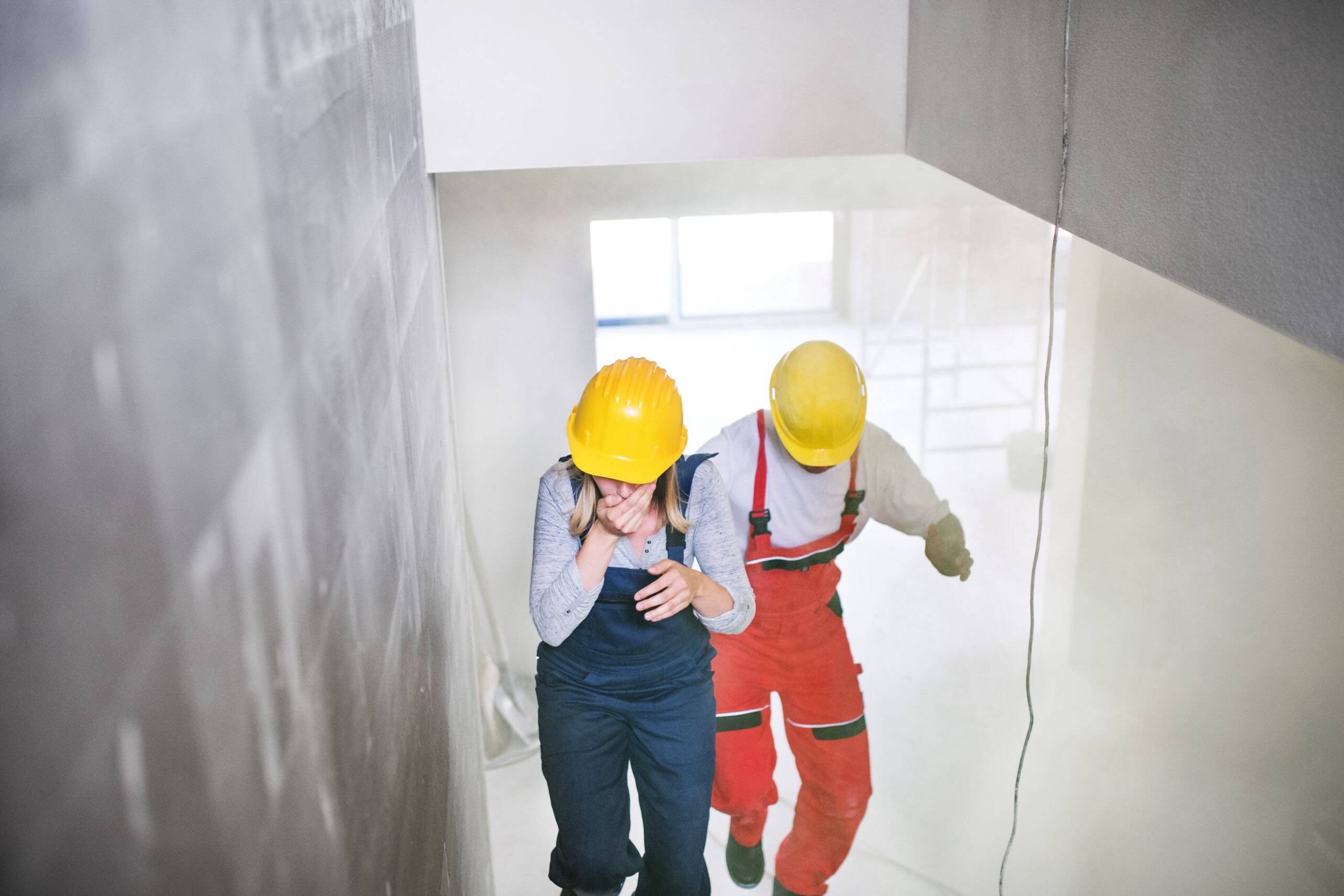

Building & Construction
When Is Silica Especially Hazardous To Construction Workers?
Modified: January 9, 2024
Learn about the dangers of silica in building construction and when it poses a hazardous risk to workers. Stay informed and protect your team.
(Many of the links in this article redirect to a specific reviewed product. Your purchase of these products through affiliate links helps to generate commission for Storables.com, at no extra cost. Learn more)
Introduction
Construction is a vital industry that shapes the infrastructure we rely on every day. From buildings and bridges to roads and tunnels, construction projects are essential for our modern society. However, amidst the hustle and bustle of construction sites, there is a silent but dangerous threat that often goes unnoticed – silica exposure.
Silica, also known as silicon dioxide, is a naturally occurring mineral found in various materials commonly used in construction, such as sand, concrete, stone, and brick. When these materials are cut, drilled, crushed, or otherwise disturbed, silica particles become airborne, posing a serious health risk to construction workers.
Exposure to silica dust can lead to a range of respiratory diseases, including silicosis, lung cancer, and chronic obstructive pulmonary disease (COPD). The debilitating effects of these diseases can be life-altering and even fatal. Therefore, it is crucial to understand when silica is particularly hazardous to construction workers and take appropriate measures to protect their health.
In this article, we will explore the common uses of silica in construction, the hazards associated with silica exposure, and the factors that make silica especially dangerous in construction settings. We will also discuss specific construction activities and equipment that increase the risk of silica exposure and provide guidance on minimizing exposure through proper PPE and training.
By raising awareness and implementing effective preventive measures, we can ensure the health and well-being of construction workers, creating a safer and more productive industry for all.
Key Takeaways:
- Silica exposure in construction poses severe health risks, including silicosis and lung cancer. Identifying high-risk activities and implementing control measures, such as wet methods and PPE, is crucial for protecting workers’ health.
- Proper training, compliance with regulations, and prioritizing safety create a safer work environment. Understanding the hazards of silica exposure and implementing effective control strategies are essential for the well-being of construction workers.
Read more: What Are The Hazards In Construction
Common Uses of Silica in Construction
Silica is a versatile mineral that has several common uses in the construction industry. Understanding these applications is essential for identifying potential sources of silica exposure and implementing appropriate preventive measures. Here are some of the common uses of silica in construction:
- Concrete Production: Silica is a key component in the production of concrete. It is added as a fine aggregate to the mixture, improving the overall strength and durability of the concrete.
- Mortar and Grout: Silica is often present in mortar and grout materials used for joining brick, stone, or other masonry units. It helps bind the materials together and provides stability to the structure.
- Paving Materials: Silica is incorporated into paving materials, such as asphalt and asphaltic concrete, to enhance their durability and resistance to weathering.
- Glass Manufacturing: Silica is a primary component in the production of glass. It provides transparency, strength, and thermal resistance to glass products used in construction, such as windows, doors, and facades.
- Ceramic Tiles and Bricks: Silica is used in the production of ceramic tiles and bricks, imparting strength and heat resistance to these materials.
- Sandblasting: Silica sand is commonly used in sandblasting operations to clean and prepare surfaces for painting or coatings. However, this process can generate significant amounts of respirable silica dust if proper precautions are not taken.
It is important to note that while silica is an integral component in these construction materials and processes, it is the airborne respirable crystalline silica (RCS) particles that pose a health risk to workers. These tiny particles, which are invisible to the naked eye, can be inhaled deep into the lungs, causing long-term health problems.
By understanding the common uses of silica in construction, employers and workers can be more proactive in identifying potential sources of silica exposure and implementing effective control measures to minimize the risk.
Hazards of Silica Exposure
Exposure to airborne respirable crystalline silica (RCS) poses significant health hazards to construction workers. When silica particles are inhaled, they can cause various respiratory diseases and other adverse health effects. Here are some of the hazards associated with silica exposure:
- Silicosis: Prolonged exposure to silica dust can lead to the development of silicosis, a progressive and irreversible lung disease. Silicosis occurs when fine silica particles accumulate in the lungs, causing inflammation and scarring of the lung tissue. Symptoms of silicosis include coughing, shortness of breath, fatigue, and chest pain.
- Lung Cancer: Long-term exposure to silica dust has also been linked to an increased risk of developing lung cancer. The fine particles can damage the DNA in lung cells, leading to the uncontrolled growth of cancer cells. Early symptoms of lung cancer may include a persistent cough, chest pain, and difficulty breathing.
- Chronic Obstructive Pulmonary Disease (COPD): Silica exposure can contribute to the development of chronic obstructive pulmonary disease (COPD), a progressive lung condition that obstructs airflow and makes breathing difficult. COPD symptoms may include wheezing, chronic cough, and recurring chest infections.
- Tuberculosis (TB): Silica exposure can increase the risk of developing tuberculosis, a bacterial infection that primarily affects the lungs. Silica particles can impair the immune system’s ability to fight off tuberculosis bacteria, leading to more severe and prolonged infections.
- Kidney Disease: Prolonged exposure to silica dust has also been associated with the development of chronic kidney disease. Silica particles can deposit in the kidneys and cause damage over time, leading to impaired kidney function.
It is essential to note that these health hazards are not limited to long-term exposure. Even short-term exposure to high concentrations of silica dust can cause acute respiratory symptoms and exacerbate existing respiratory conditions.
Given the severity of the hazards, it is crucial for construction workers and employers to prioritize the implementation of effective strategies to control silica exposure and protect the health and safety of everyone on the job site.
Factors That Make Silica Hazardous to Construction Workers
Silica, in its crystalline form, is a hazardous substance that poses significant risks to construction workers. Several factors contribute to the hazardous nature of silica in construction settings. Understanding these factors is crucial for effectively managing and minimizing silica exposure. Here are some key factors that make silica particularly dangerous to construction workers:
- Respirable Crystalline Silica (RCS) Particles: Silica particles become hazardous when they are fine enough to be inhaled deep into the lungs. The smaller the particle size, the greater the risk of health effects. Respirable crystalline silica (RCS) refers to the fraction of silica particles that are small enough to penetrate deeply into the lung tissue, making them more damaging to the respiratory system.
- High Dust Levels: Construction activities that involve cutting, drilling, grinding, or sandblasting are more likely to generate high levels of airborne silica dust. Without adequate control measures, workers can be exposed to significant amounts of respirable silica particles in the air, increasing their risk of health problems.
- Duration of Exposure: The longer a worker is exposed to silica dust, the higher the risk of developing respiratory diseases. Prolonged exposure, even at lower concentrations, can lead to the accumulation of silica particles in the lungs, causing chronic inflammation, scarring, and other long-term health effects.
- Cumulative Exposure: Silica-related diseases often result from cumulative exposure over time. Even if individual tasks may not generate high levels of silica dust, repeated exposure over weeks, months, or years can lead to significant health hazards for construction workers.
- Limited Ventilation: Poor ventilation in confined or enclosed spaces can exacerbate the concentration of silica dust, increasing the risk of inhalation by construction workers. Inadequate airflow can also prolong the clearance time for airborne dust particles, extending the duration of potential exposure.
- Lack of Personal Protective Equipment (PPE): Inadequate use of personal protective equipment, such as respirators and protective clothing, can leave workers vulnerable to silica exposure. Effective PPE, when properly selected and used, provides a physical barrier against respiratory hazards, helping to minimize the risk to workers.
To protect construction workers from the hazards of silica exposure, it is crucial to address these factors through proper engineering controls, work practices, and the use of appropriate personal protective equipment. Employers should implement comprehensive strategies to control and monitor silica dust levels, provide adequate ventilation, and prioritize the health and safety of their workers.
Types of Construction Activities That Pose a Higher Risk
While silica exposure is a potential hazard in various construction activities, certain tasks carry a higher risk due to the generation of significant amounts of silica dust. Identifying these high-risk activities is essential for implementing targeted control measures and mitigating the risk of silica exposure. Here are some types of construction activities that pose a higher risk of silica exposure:
- Drilling and Cutting Concrete: Activities that involve drilling, cutting, or grinding concrete can generate substantial amounts of silica dust. This is especially true when using power tools equipped with abrasive blades or diamond-tipped cutting discs.
- Demolition and Renovation: Demolition and renovation projects often involve breaking and removing materials that contain silica, such as concrete, tiles, and bricks. The use of heavy machinery and tools in these activities can release significant amounts of silica dust into the air.
- Tunneling and Excavation: Construction projects involving tunneling, excavation, or underground work can release silica dust from the soil or rock formations. The use of drills, jackhammers, and other mechanical equipment in these activities poses a higher risk of silica exposure.
- Sandblasting and Abrasive Blasting: Sandblasting and abrasive blasting operations are commonly used to clean surfaces or remove coatings. These activities involve blasting silica sand or other abrasive materials, creating a cloud of fine silica dust. Without proper controls, such as enclosure or ventilation systems, workers can be heavily exposed to silica dust.
- Stone Cutting and Masonry: Stone cutting and masonry work, including the use of saws, grinders, and chisels, can generate significant amounts of silica dust from stone or rock materials. Workers involved in these activities should take extra precautions to minimize exposure.
- Silica Mining and Quarrying: Workers involved in silica mining and quarrying operations face an increased risk of silica exposure. The extraction of silica-rich materials and the handling of large quantities of silica contribute to higher dust levels, making consistent dust control measures crucial in these industries.
It is important for construction companies and workers to be aware of the specific activities that pose a higher risk of silica exposure. By identifying these activities and implementing appropriate control measures, such as wet methods, localized ventilation, and proper use of personal protective equipment, the risk of silica-related health issues can be significantly reduced.
Read more: How To Be A Construction Worker
Equipment and Tools That Increase Silica Exposure
Several types of equipment and tools commonly used in construction can increase the risk of silica exposure. These devices generate significant amounts of silica dust during operation, potentially putting workers at a higher risk of respiratory illnesses. Being aware of these equipment and tools is crucial for implementing effective control measures and protecting workers’ health. Here are some examples:
- Power Tools: Power tools such as saws, grinders, and drills are commonly used in construction activities. When these tools come into contact with materials that contain silica, they can generate substantial amounts of airborne dust. High-speed rotation or grinding action increases the risk of respiratory exposure to silica particles.
- Jackhammers and Breakers: Jackhammers and breakers are powerful tools used for breaking concrete, rocks, and other hard materials. The impacts created by these tools can release large amounts of silica dust into the air. Proper control measures, including water suppression systems, should be employed to minimize dust generation.
- Sandblasting Equipment: Sandblasting equipment, commonly used for surface preparation or cleaning, involves the use of high-pressure air or steam to propel abrasive materials such as silica sand onto surfaces. As the name implies, sandblasting with silica sand can generate substantial amounts of respirable silica dust. Alternative blasting media and strict dust control measures should be considered to prevent exposure.
- Concrete Saws and Grinders: Concrete saws and grinders are indispensable tools for cutting and shaping concrete in construction projects. However, the cutting or grinding action can release significant amounts of silica dust from the concrete material. Dust suppression measures, such as wet cutting methods or local exhaust ventilation, should be utilized to minimize dust levels.
- Handheld Masonry Tools: Handheld tools like chisels, hammers, and masonry drills are commonly used in tasks such as stone cutting, bricklaying, and tile installation. These tools can generate silica dust from the materials being worked on. Wetting the work area, using dust extraction attachments, or using appropriate respiratory protection can help mitigate the risk of silica exposure.
- Earthmoving and Excavation Machinery: Large machinery used for earthmoving, excavation, or rock drilling, such as bulldozers, excavators, and piling rigs, can release silica dust into the air. Control measures such as water suppression systems, enclosed operator cabins with filtered air supply, and proper maintenance of machinery can help reduce the accumulation of dust.
Managing the risks associated with equipment and tools that increase silica exposure is essential for protecting construction workers. Employers should prioritize the implementation of engineering controls, such as dust suppression systems and local exhaust ventilation, along with proper training and use of personal protective equipment to ensure the safety and health of workers.
Always use proper respiratory protection when working with silica, especially during tasks like cutting, drilling, or grinding concrete and masonry. Wet methods and ventilation can also help reduce exposure.
Measures to Minimize Silica Exposure
Minimizing silica exposure is crucial to safeguard the health and well-being of construction workers. Implementing effective control measures can significantly reduce the risk of respiratory diseases associated with silica dust. Here are some key measures that can help minimize silica exposure on construction sites:
- Engineering Controls: Employing engineering controls is essential to reduce and control silica dust at its source. This can include using water suppression systems, local exhaust ventilation, and dust collection systems to capture silica dust before it becomes airborne. Enclosed equipment or machinery with effective filtration can also help minimize the release of silica dust into the work environment.
- Wet Methods: Utilizing wet methods can help suppress silica dust by keeping the material moist during cutting, grinding, or drilling operations. This can be done by wetting concrete or materials prior to working on them or using water sprays directly at the point of dust generation.
- Personal Protective Equipment (PPE): Providing appropriate personal protective equipment is essential to protect workers from silica exposure. Respirators fitted with high-efficiency particulate air (HEPA) filters should be used to prevent the inhalation of respirable silica particles. Workers should also wear protective clothing, gloves, and eye protection to minimize skin and eye contact with silica dust.
- Training and Education: Proper training and education are critical for raising awareness about the hazards of silica exposure and ensuring that workers understand the necessary precautions. Training should cover topics such as recognizing silica hazards, proper use of controls and equipment, and the importance of personal hygiene on the job site.
- Work Practices and Procedures: Implementing safe work practices and procedures can help minimize silica exposure. This includes using tools and equipment with built-in dust controls, maintaining good housekeeping to prevent the accumulation of silica dust, and scheduling tasks in a way that reduces the number of workers exposed to silica at any given time.
- Regular Equipment Maintenance: Proper maintenance and inspection of equipment and machinery are crucial to ensure that built-in dust controls, such as dust collection systems and water suppression mechanisms, are functioning effectively. Regular maintenance can help prevent equipment malfunctions that may lead to increased silica exposure.
By implementing these measures at construction sites, employers can create a safer work environment and protect workers from the health hazards associated with silica exposure. Regular monitoring, evaluation, and continuous improvement of control measures are also necessary to ensure their effectiveness in minimizing silica dust levels.
Importance of Proper Personal Protective Equipment (PPE)
Proper personal protective equipment (PPE) plays a critical role in protecting construction workers from the hazards of silica exposure. PPE serves as a physical barrier between workers and silica dust, preventing inhalation and contact with the harmful substance. Here are some key reasons why proper PPE is of utmost importance:
- Respiratory Protection: Silica dust can cause severe respiratory illnesses, including silicosis, lung cancer, and chronic obstructive pulmonary disease (COPD). Respiratory protective equipment, such as respirators with high-efficiency particulate air (HEPA) filters, can effectively minimize the inhalation of silica dust particles. Properly fitted respirators are vital in preventing the entry of respirable silica dust into the respiratory system.
- Eye Protection: Silica dust can irritate and damage the eyes upon contact. Safety goggles or glasses with side shields provide a barrier, preventing the entry of dust particles into the eyes. This is especially important in tasks that generate airborne silica dust, such as cutting, drilling, or sandblasting.
- Skin Protection: Continuous exposure to silica dust can irritate the skin and may cause dryness, redness, or even dermatitis. Wearing appropriate personal protective clothing, such as coveralls and gloves, helps protect the skin from direct contact with silica particles and minimizes the risk of skin-related issues.
- Prevent Cross-Contamination: Proper PPE usage helps prevent the spread of silica dust beyond the work area. When workers wear appropriate protective clothing, footwear, and respiratory protection, they prevent the transfer of silica dust to other areas or their homes, protecting their families and the general community from potential exposure.
- Compliance with Regulatory Requirements: Many countries have regulations and standards in place to protect workers from silica exposure. Compliance with these regulations, which often mandate the use of proper PPE, is crucial for ensuring a safe and healthy work environment. Failure to provide and use appropriate PPE can result in legal consequences for employers.
It is important to note that simply providing PPE is not sufficient. Ensuring that workers receive proper training on the use, care, and limitations of PPE, along with regular fit testing and maintenance, is essential to maximize its effectiveness. Employers should also regularly evaluate and update their PPE selection to ensure it meets the specific needs and conditions of their work environment.
By prioritizing the use of proper PPE and maintaining a strong culture of safety, construction companies can significantly reduce the risk of silica exposure and safeguard the health and well-being of their workers.
Training and Education for Construction Workers
Training and education are fundamental components in promoting a safe and healthy work environment for construction workers, especially when it comes to addressing the hazards of silica exposure. Proper training and education equip workers with the knowledge and skills necessary to identify and mitigate risks, effectively use control measures, and protect themselves and their coworkers. Here are some key aspects of training and education for construction workers:
- Recognizing Silica Hazards: Comprehensive training should focus on raising awareness about the hazards of silica exposure, emphasizing the health risks associated with inhalation or contact with silica dust. Workers should be able to recognize potential sources of silica exposure in different construction tasks and understand the importance of preventing or minimizing exposure.
- Control Measures and Safe Work Practices: Workers need to be informed about the various control measures available to minimize silica exposure. This includes training on the proper use of engineering controls, such as water suppression systems and local exhaust ventilation, as well as safe work practices like wet methods, proper tool handling, and dust suppression techniques. Emphasizing the importance of good housekeeping and regular equipment maintenance can also be key aspects of training.
- Personal Protective Equipment (PPE): Training should cover the selection, use, care, and limitations of personal protective equipment (PPE) for silica exposure, with a specific focus on respiratory protection. Workers must understand how to properly don, adjust, and maintain respirators, as well as the importance of using other PPE, such as eye protection and protective clothing, to reduce skin contact with silica dust.
- Worksite Hazard Communication: Effective communication is crucial to ensure that workers are aware of the potential hazards and control measures specific to their worksite. Training should include information on worksite hazard communication protocols, such as safety data sheets (SDS), hazard labels, and the proper handling and storage of materials containing silica.
- Preventive Health Measures: Education on preventive health measures, such as proper hygiene practices, regular medical check-ups, and early detection of symptoms related to silica exposure, can help workers take proactive steps to protect their health. Workers should be encouraged to report any health concerns and seek medical attention if needed.
- Periodic Refreshers and Updates: Training should not be a one-time event. Employers should provide periodic refresher courses and updates to keep workers informed about the latest information, best practices, and regulatory requirements related to silica exposure. Ongoing education reinforces the importance of safe work practices and enables workers to remain vigilant in preventing silica-related health risks.
By investing in comprehensive training and education programs, construction companies can empower their workers to make informed decisions, actively participate in hazard prevention, and promote a culture of safety. Ultimately, well-trained and educated workers are better equipped to protect themselves, their coworkers, and the overall well-being of the construction industry.
Regulations and Guidelines for Silica Exposure Control
Regulations and guidelines play a critical role in ensuring the control of silica exposure and the protection of construction workers’ health and safety. Governments and regulatory bodies have implemented measures to establish standards, guidelines, and enforcement mechanisms to minimize silica-related risks in the construction industry. Here are some key regulations and guidelines for silica exposure control:
- Occupational Safety and Health Administration (OSHA): In the United States, OSHA has set regulations to limit exposure to respirable crystalline silica. The OSHA Silica Standard (29 CFR 1926.1153) establishes a permissible exposure limit (PEL) for silica and mandates various control measures to reduce exposure, including using engineering controls, providing respiratory protection, enforcing specific work practices, and offering medical surveillance.
- Control of Substances Hazardous to Health (COSHH): In the United Kingdom, the Control of Substances Hazardous to Health Regulations (COSHH) places responsibilities on employers to control hazardous substances, including silica dust, and protect workers from exposure. COSHH requires risk assessments, appropriate control measures, monitoring, and training to ensure compliance with the regulations.
- European Union (EU) Directive: The EU has established guidelines for the protection of workers from the risks related to exposure to respirable crystalline silica. The European Commission provides directives and guidance documents to member states for implementing measures to protect workers during construction activities, including risk assessments, exposure limit values, and preventive measures.
- National Institute for Occupational Safety and Health (NIOSH): NIOSH in the United States offers guidelines and resources for managing silica exposure in the workplace. Their publications provide comprehensive information on exposure limits, control measures, training materials, and respirator selection to assist employers and workers in reducing silica exposure.
- International Labour Organization (ILO): The ILO has established guidelines and recommendations to protect workers from silica exposure, including the ILO Code of Practice on Safety and Health in Construction. These guidelines provide a framework for implementing effective control measures, conducting risk assessments, and promoting worker health and safety in construction activities globally.
It is important for employers, supervisors, and workers to familiarize themselves with the relevant regulations and guidelines applicable to their region. Compliance with these regulatory requirements not only helps ensure a safe work environment but also provides legal protection for employers and promotes the overall well-being of construction workers.
Additionally, industry organizations, trade unions, and safety associations often produce best practice guides and resources specific to silica exposure control in construction. These resources can provide additional guidance and practical recommendations for reducing exposure and implementing effective control measures.
By adhering to regulations and following recommended guidelines, construction companies can create a safer work environment, protect workers from silica-related health risks, and contribute to the overall improvement of health and safety standards within the industry.
Conclusion
Silica exposure poses significant health hazards to construction workers, making it crucial to take proactive measures to protect their well-being. By understanding the common uses of silica in construction, the hazards associated with silica exposure, and the factors that make silica particularly hazardous, construction companies can implement effective control strategies to minimize exposure and mitigate risks.
Identifying high-risk construction activities and equipment that increase silica exposure is key to implementing targeted control measures. This includes utilizing engineering controls, such as water suppression systems and local exhaust ventilation, along with incorporating wet methods and providing proper personal protective equipment (PPE) to workers.
Training and education are essential for raising awareness, ensuring proper use of control measures, and fostering a culture of safety. Regular training sessions, updates, and communication of worksite hazards are vital for empowering workers to recognize silica hazards, adopt safe work practices, and protect themselves and their coworkers.
Regulations and guidelines, such as those set by OSHA, COSHH, and the EU Directive, provide a framework for controlling silica exposure and ensuring compliance with safety standards. It is important for employers and workers to be aware of these regulations and implement measures to meet the requirements.
By prioritizing the health and safety of construction workers, implementing effective control measures, providing proper training, and complying with regulations, the construction industry can mitigate the risks posed by silica exposure and create a safer work environment for everyone involved.
Remember, minimizing silica exposure is not just a legal obligation; it is an ethical responsibility that contributes to the overall well-being of construction workers and promotes a sustainable and thriving industry for the future.
Frequently Asked Questions about When Is Silica Especially Hazardous To Construction Workers?
Was this page helpful?
At Storables.com, we guarantee accurate and reliable information. Our content, validated by Expert Board Contributors, is crafted following stringent Editorial Policies. We're committed to providing you with well-researched, expert-backed insights for all your informational needs.
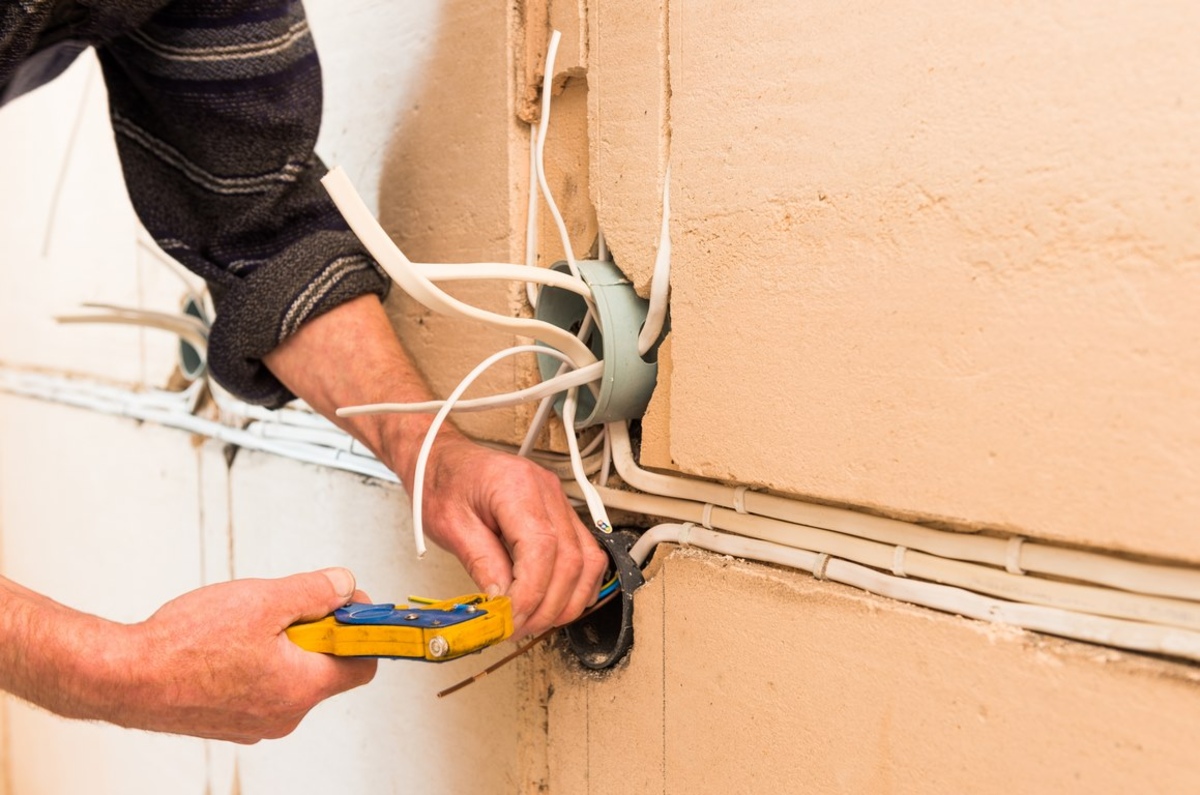
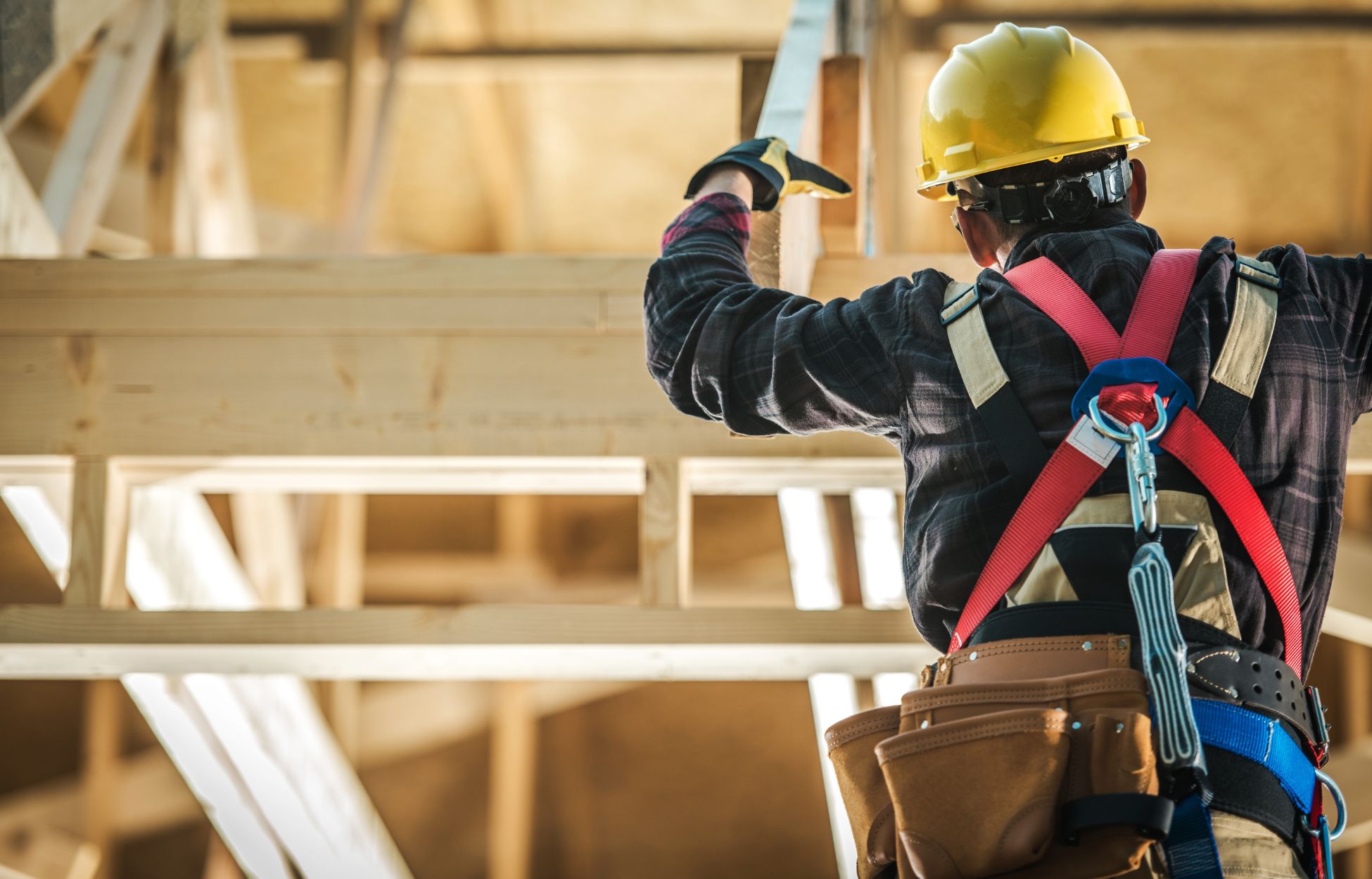
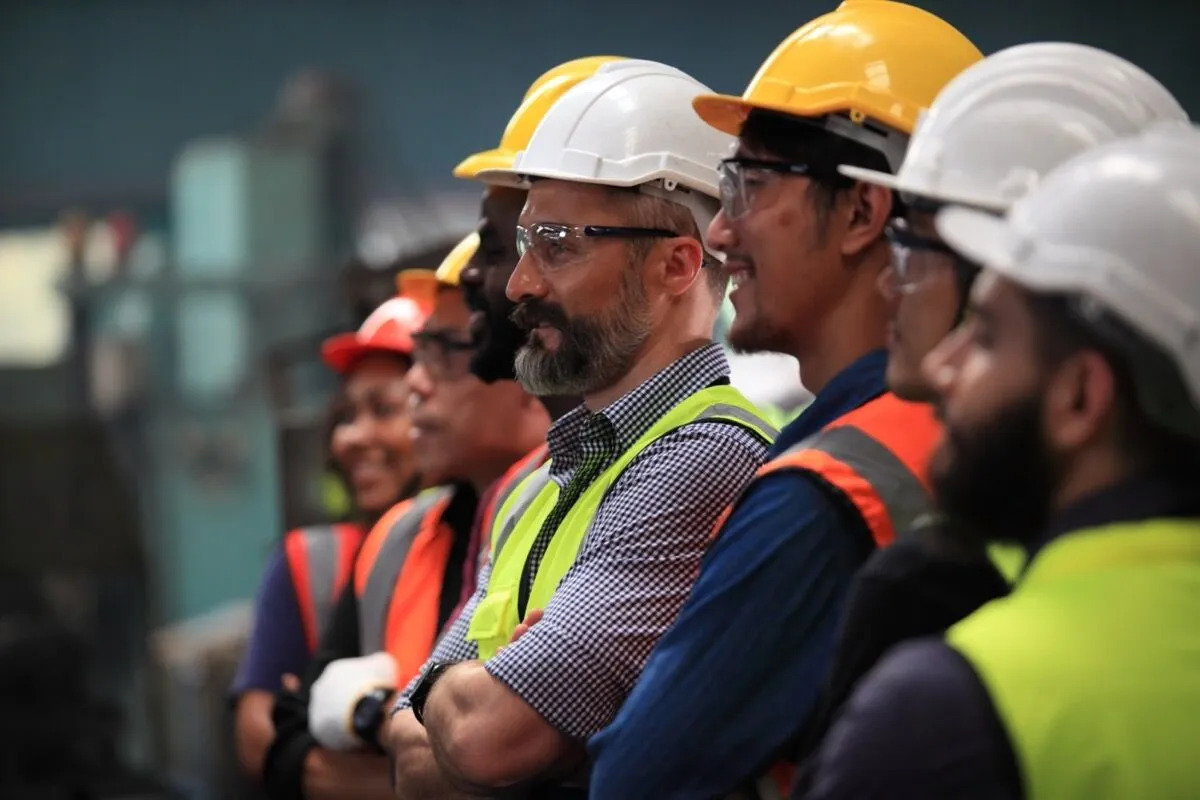

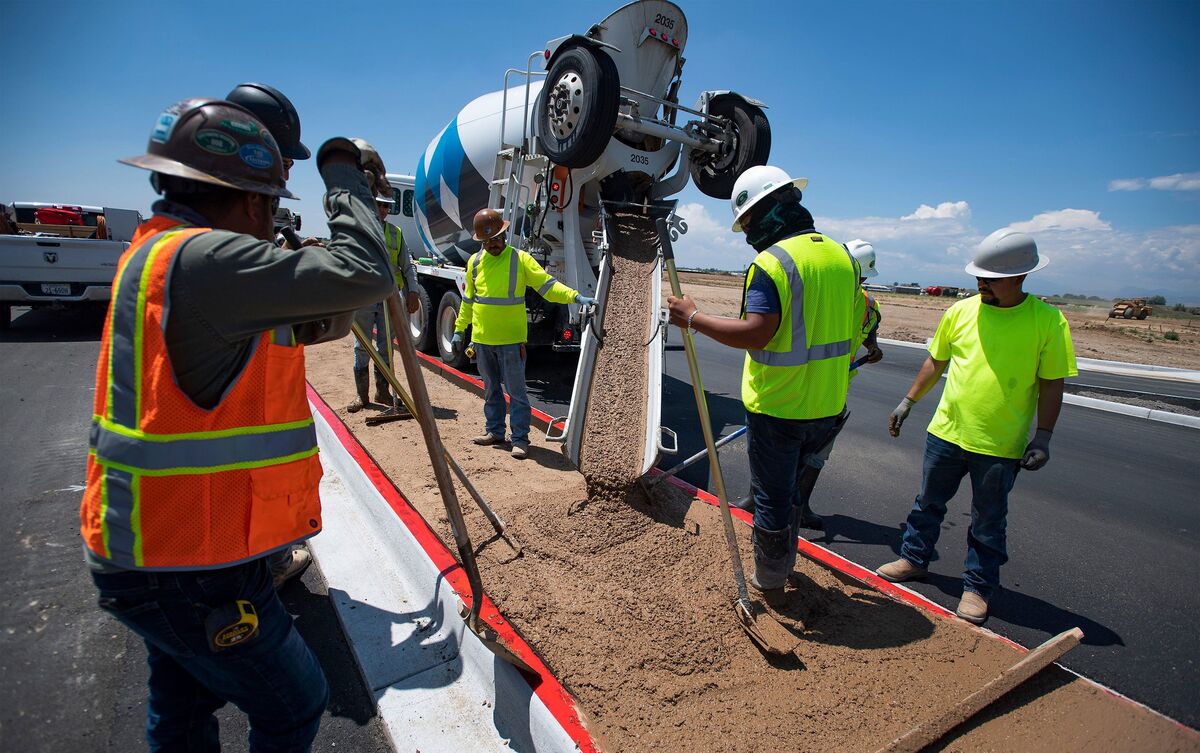

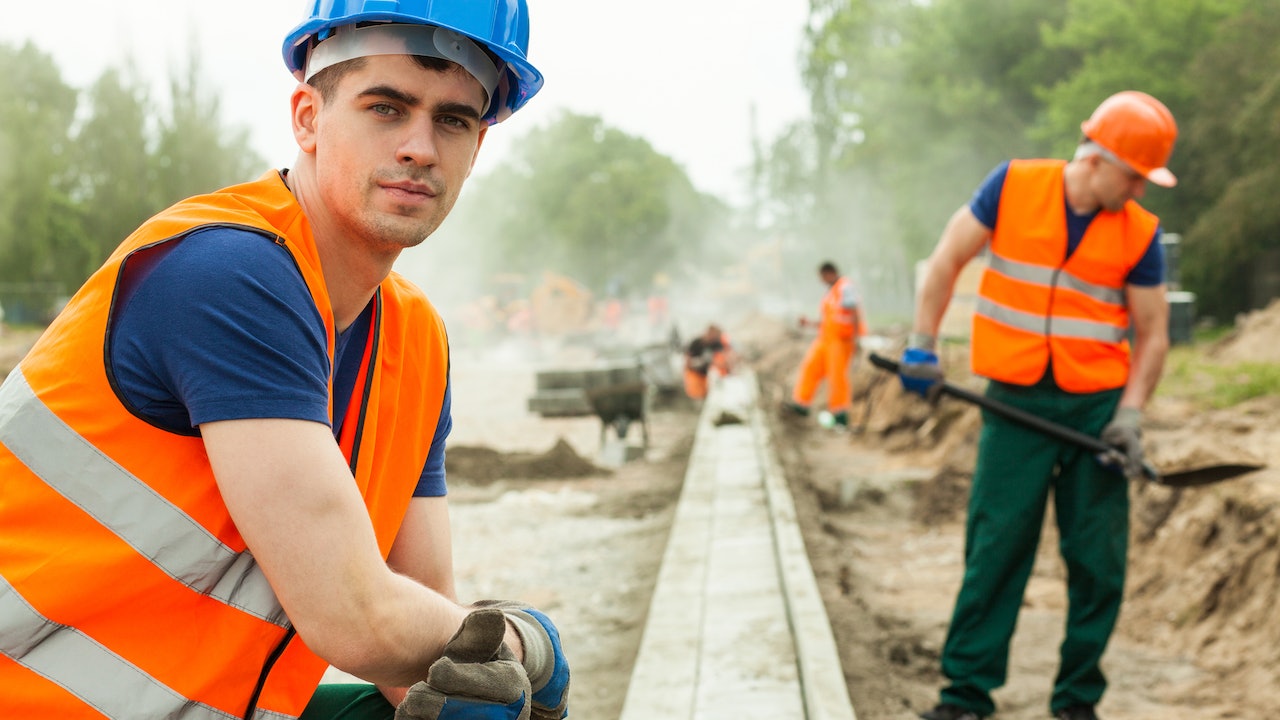

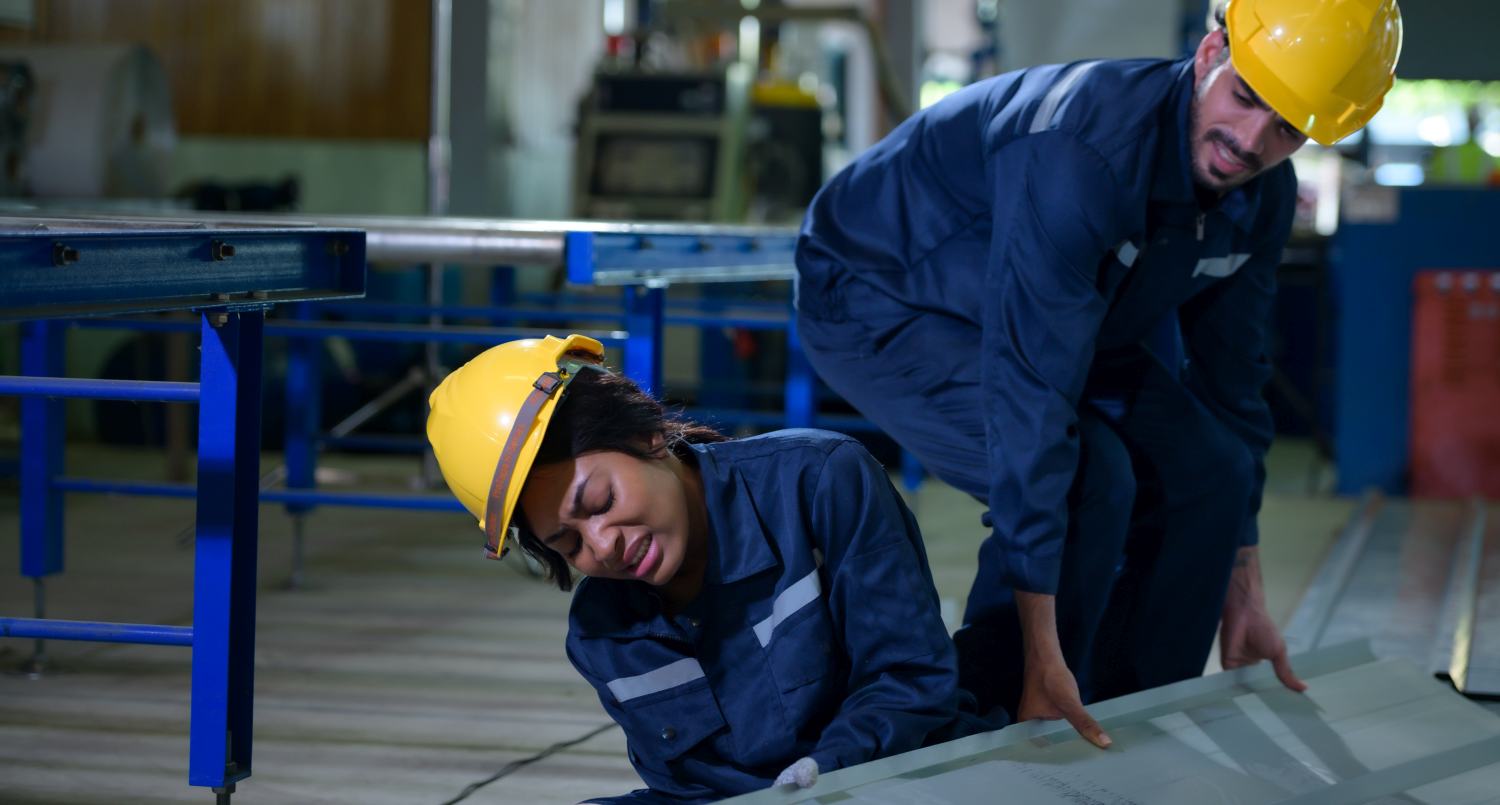
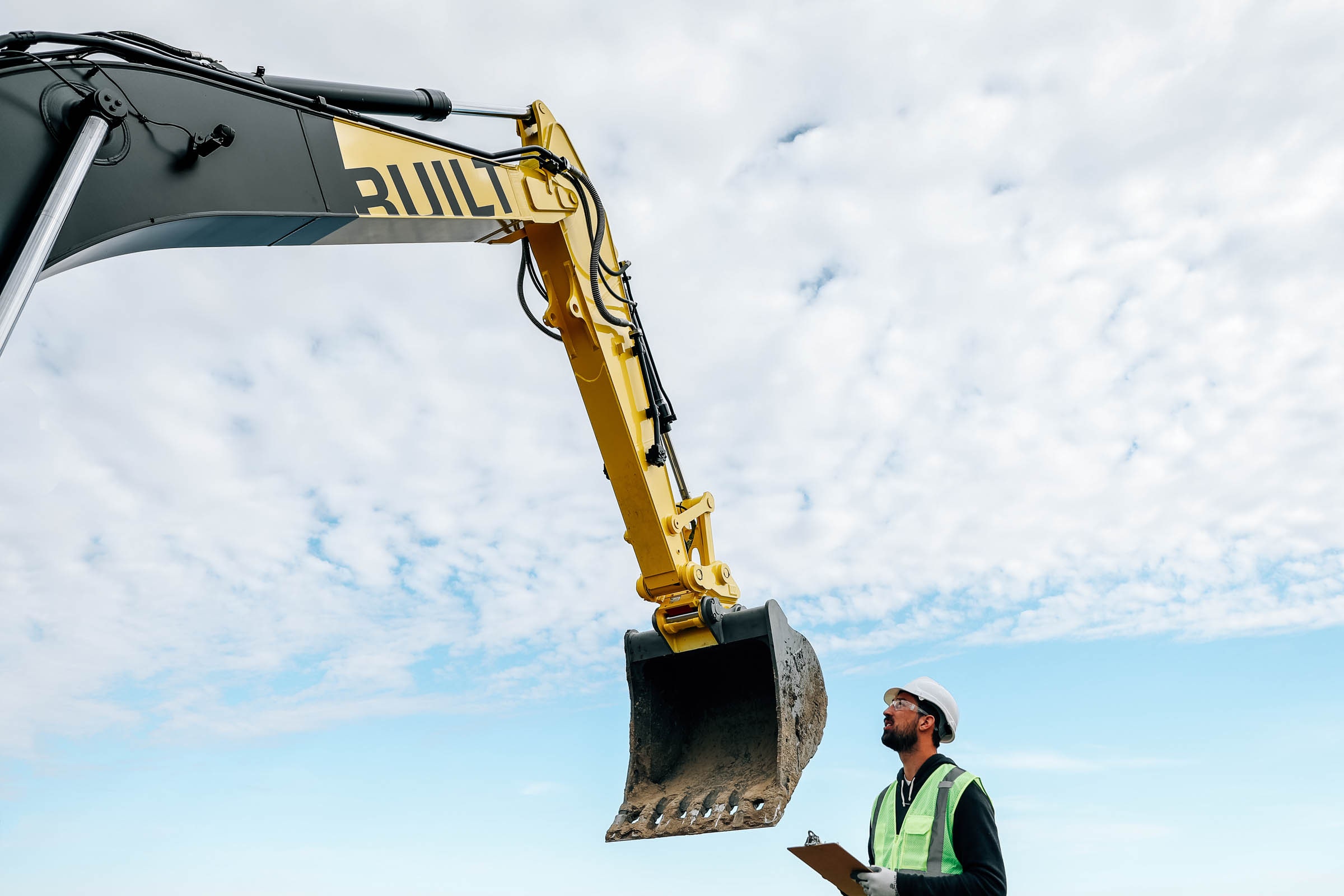


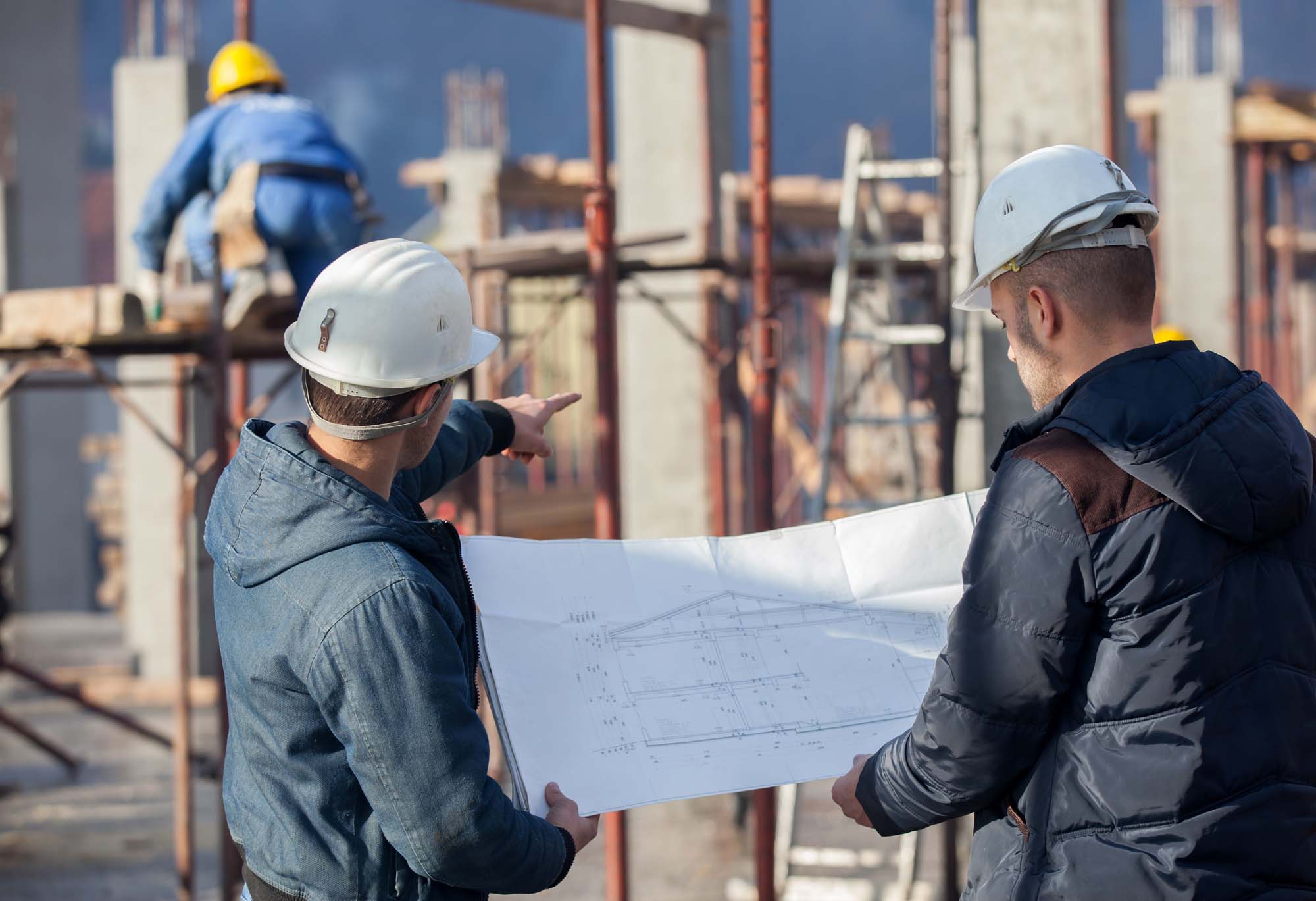

0 thoughts on “When Is Silica Especially Hazardous To Construction Workers?”